
Containers at Nanjing port in eastern China's Jiangsu province on April 8, a day before the US reciprocal tariffs took effect - Photo: AFP
The Trump administration's staggeringly high reciprocal tariffs took effect at 0:01 on April 9, US time (11:01 on April 9, Vietnam time).
Although in the early morning of April 10 (Vietnam time), US President Donald Trump announced a postponement of imposing tariffs on more than 75 countries that wanted to negotiate, his move to increase tariffs has deepened the global trade war he initiated, sparked a wave of widespread sell-offs in financial markets and threatened to reverse the economic development of many countries in the region.
Southeast Asia is heavily affected
Analysts say that apart from China, no region has been hit as hard as Southeast Asia. Topping the list are Cambodia, Laos, and Vietnam, with sky-high tariffs of 49%, 48%, and 46%, respectively. Next are Myanmar (44%), Thailand (36%), Indonesia (32%), Brunei, and Malaysia (both 24%). The Philippines is taxed at 17%, while Singapore is at 10%.
This is a major shock to the export-dependent region. Southeast Asia’s widely praised economic development over the past several decades has been driven largely by its success in selling its products to global markets, especially the United States.
Southeast Asia has become an increasingly important link in the global supply chain, producing semiconductors for Intel, sneakers for Nike and smartphones for Samsung, among other products, according to Chatham House. ASEAN is the fifth largest economy in the world, with a population of 680 million.
The global economy, including the US, China and emerging economies in Asia, will see "significantly lower growth" due to Mr Trump's wide-ranging tariffs, warned chief economist Albert Park at the Asian Development Bank (ADB).
US allies in Asia are also subject to high import tariffs such as Japan (24%) and South Korea (26%). Not only countries in Asia-Pacific, the European Union (EU) has also begun to be taxed at 20%.
The impact of the April 9 tariffs may take some time to be fully felt, as goods in transit before that date will be exempt from the new tariffs, as long as they arrive in the US before May 27.
Retaliation or negotiation?
China has chosen to retaliate, vowing to “fight to the end” if Washington continues to impose higher tariffs. Analysts say Beijing may feel the need to stand up to bullying from its largest trading partner, and it also has more means to hurt the US than other Asian countries.
In a speech on April 9, Chinese President Xi Jinping declared that Beijing will strengthen strategic relations with neighboring countries by properly handling differences and strengthening links in the supply chain.
On the same day, China's Ministry of Commerce stressed that with firm will and abundant resources, China will resolutely take countermeasures and fight to the end if the US persists in escalating its economic and trade restrictions. In response to the US's 104% tariff, China announced that it would impose an 84% tariff on US goods from April 10.
Meanwhile, Southeast Asian countries have so far chosen the path of negotiation instead of confrontation, trying to maintain exports at the maximum possible level.
According to the Financial Times, this choice is completely reasonable, because the comparative advantage of these countries still largely relies on low labor costs, so switching to another economic model is almost impossible at the present time.
Some economists have warned that the trade war will ultimately hit American consumers hard, with prices rising on everything from sneakers to wine. Most Americans are bracing for steep price increases.
Nearly three-quarters of Americans (73%) expect prices for essential goods to rise in the next six months, according to a new Reuters/Ipsos poll.
Opportunity for Ho Chi Minh City to restructure its economy
On April 9, the Ho Chi Minh City People's Committee held a workshop on the impact of the new tariff policy from the US. Most opinions at the workshop recognized this as both a "shock" to the world economy and an opportunity for the city to restructure its economy, expand its market and develop more valuable and unique products.
Dr. Truong Minh Huy Vu, director of the Ho Chi Minh City Institute for Development Studies, proposed three scenarios: the tax rate remains at 46%, decreases to 20-30%, or decreases to 10-15%. Correspondingly, there will be different economic growth rates in 2025. Mr. Vu also proposed 7 solutions, emphasizing bilateral negotiations and controlling origin fraud, tightening the transit of goods from third countries through Vietnam.
From a business perspective, Mr. Tran Viet Anh, general director of Nam Thai Son Corporation, warned that goods from China and countries that cannot export to the US will flood into Vietnam.
He suggested that the city stimulate domestic demand, create a competitive advantage for Vietnamese goods and consider tourism as a "salvation". Ms. Ly Kim Chi, chairwoman of the Ho Chi Minh City Food and Foodstuff Association, also proposed to increase substantial trade promotion to expand new markets.
Chairman of the Ho Chi Minh City People's Committee Nguyen Van Duoc has repeatedly emphasized the need to stay calm and consider this an opportunity to develop "made by Vietnam" production and supporting industries. He said the city will monitor the health of businesses exporting to the US, boost public investment, remove difficulties for more than 500 projects, reform administrative procedures and support interest rates for businesses, especially technology startups and export businesses.
Asia outside negotiations, inside response
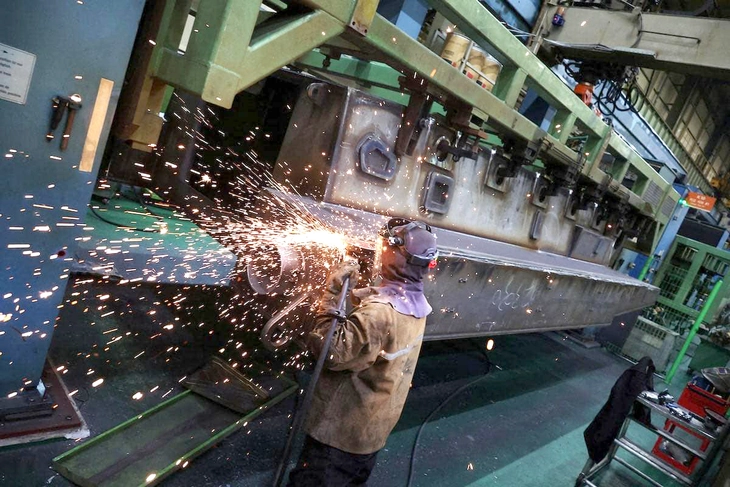
Workers work at a factory of Hanwha Aerospace Company in Changwon, South Korea - Photo: REUTERS
As the US reciprocal tariffs officially took effect on the morning of April 9, South Korean Minister of Trade, Industry and Energy Ahn Duk Geun affirmed that the potential for cooperation with the US in the shipbuilding sector is a "very important card" in the negotiation process between Seoul and Washington.
South Korea is pursuing a negotiated solution to convince Washington to reduce tariffs. Speaking to CNN, Acting President Han Duck Soo affirmed that South Korea will not follow the path of tariff retaliation like China.
As a shipbuilding powerhouse, South Korea could use this advantage in negotiations, especially as Mr Trump has expressed concern that the US is falling behind in an area where China is seen as dominating.
Meanwhile, automobile and auto parts manufacturers in South Korea are also facing the risk of serious damage when Washington imposes a 25% import tax on these products.
To mitigate the negative impact, South Korea has rolled out a series of measures to support businesses. It will increase financial support for automakers to 15 trillion won ($10.18 billion) in 2025, up from the previously planned 13 trillion won. The car purchase tax will also be reduced from the current 5 percent to 3.5 percent by June 2025.
Japan, which has also been taking a negotiating approach to resolving the reciprocal tariffs, has also sent representatives to the US for talks with the Trump administration. Japanese Finance Minister Katsunobu Kato said trade talks with the US could include a discussion on exchange rates, especially as Trump has accused Japan of pursuing a policy of devaluing the yen.
In response, the Japanese Ministry of Trade has set up a task force to coordinate responses to the US tariffs. The Japanese government has also set up more than 1,000 consultation desks at financial institutions and government-affiliated enterprises nationwide to handle tariff-related business inquiries.
Taiwan also approached Washington with a proposal to exempt US goods from tariffs, along with a commitment to invest in and buy more from the US. Before Mr. Trump’s 32% reciprocal tariff on Taiwan took effect, the island’s government announced on the evening of April 8 that it would activate a $15 billion stock stabilization fund to restore investor confidence and ensure market stability.
Source: https://tuoitre.vn/con-dia-chan-kinh-te-rung-chuyen-chau-a-20250410080407506.htm


![[Photo] General Secretary To Lam concludes visit to Russia, departs for Belarus](https://vphoto.vietnam.vn/thumb/1200x675/vietnam/resource/IMAGE/2025/5/11/0acf1081a95e4b1d9886c67fdafd95ed)

![[Photo] General Secretary To Lam arrives in Minsk, begins state visit to Belarus](https://vphoto.vietnam.vn/thumb/1200x675/vietnam/resource/IMAGE/2025/5/11/76602f587468437f8b5b7104495f444d)
![[Photo] General Secretary To Lam meets and expresses gratitude to Vietnam's Belarusian friends](https://vphoto.vietnam.vn/thumb/1200x675/vietnam/resource/IMAGE/2025/5/11/c515ee2054c54a87aa8a7cb520f2fa6e)


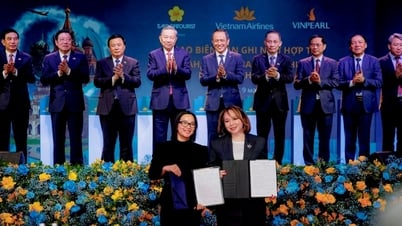
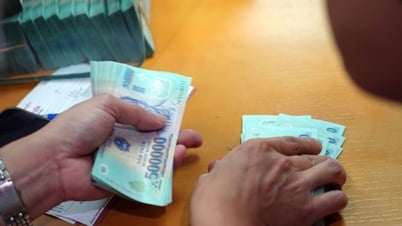


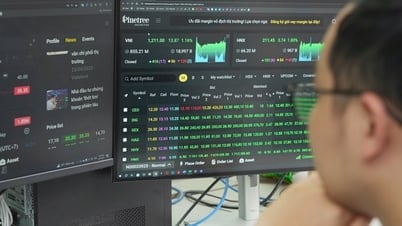











![[Photo] National Assembly Chairman Tran Thanh Man attends the Party Congress of the Committee for Culture and Social Affairs](https://vphoto.vietnam.vn/thumb/1200x675/vietnam/resource/IMAGE/2025/5/11/f5ed02beb9404bca998a08b34ef255a6)




























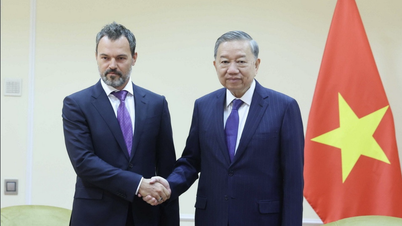

















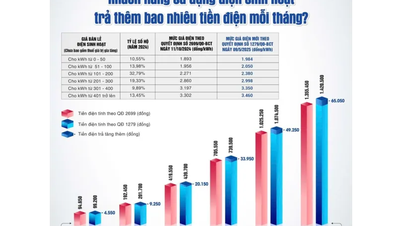

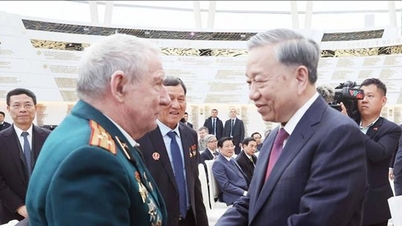
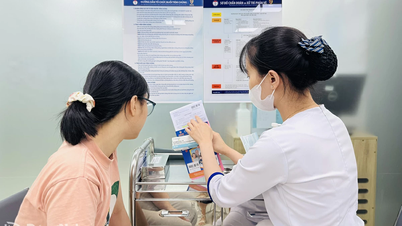

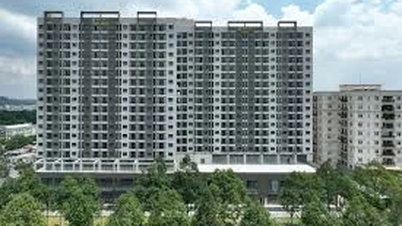











Comment (0)